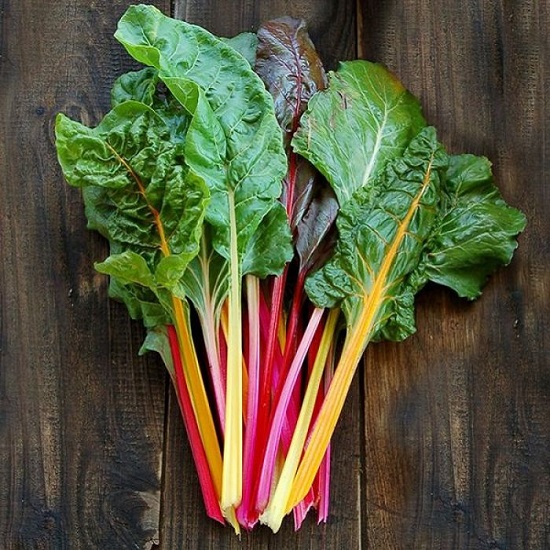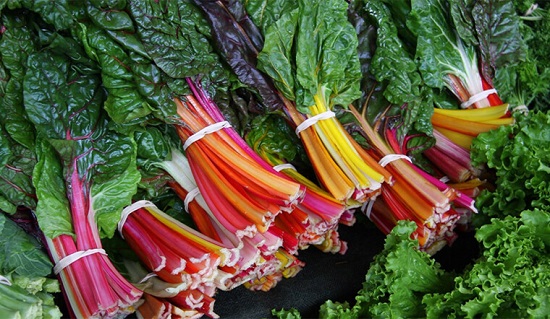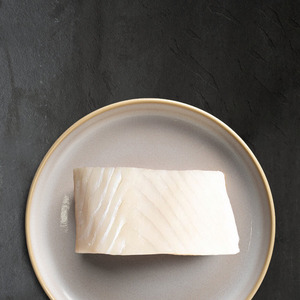Introduction
Swiss chard, also known as rainbow chard, is a popular leafy green vegetable known for its nutritional benefits and positive effects on health. It belongs to the Chenopodiaceae family and is a close relative of beets and spinach.

Benefits and Nutritional Value of Swiss Chard
Swiss chard is packed with antioxidants, which help protect the body against harmful agents and diseases. It is also rich in fiber, which improves digestion, promotes satiety, and supports weight management. Moreover, Swiss chard is an excellent source of vitamin K, playing a crucial role in blood clotting and bone development.

Swiss chard is particularly beneficial for heart health, as it helps reduce the risk of cardiovascular diseases such as high cholesterol and high blood pressure. Additionally, it has the potential to lower insulin resistance and regulate blood sugar levels, making it especially valuable for individuals with diabetes.
Selecting and Storing Swiss Chard
To choose fresh and delicious Swiss chard, look for vibrant leaves that are crisp and free from wilting or damage. When purchasing Swiss chard from markets or stores, pay attention to the source and quality of the product.

Once purchased, Swiss chard can be stored in the refrigerator to maintain its freshness. After thoroughly rinsing the leaves, pat them dry and place them in a plastic bag or container for storage. Fresh Swiss chard can typically be stored in the refrigerator for about 1-2 weeks.
Swiss Chard in Culinary Delights
Swiss chard can be used in a variety of delicious dishes to enjoy its unique flavor and reap its nutritional benefits. Here are some recipes featuring Swiss chard:

Sautéed Swiss Chard with Garlic:
Ingredients: Swiss chard, garlic, olive oil, salt, pepper.
Instructions: Rinse the Swiss chard and cut it into small pieces. Sauté garlic in olive oil over high heat. Add the Swiss chard and sauté for a few minutes until wilted. Season with salt and pepper to taste.
Swiss Chard Stir-Fry:
Ingredients: Swiss chard, onions, scallions, mushrooms, seasonings.
Instructions: Rinse the Swiss chard and cut it into thin slices. Stir-fry the Swiss chard with onions, scallions, mushrooms, and desired seasonings. Add soy sauce, sugar, and pepper to taste.
Swiss Chard and Lentil Soup:
Ingredients: Swiss chard, lentils, onions, tomatoes, vegetable broth, spices.
Instructions: Rinse the Swiss chard and chop it into small pieces. Sauté onions in a pot, then add lentils, tomatoes, vegetable broth, and Swiss chard. Season with desired spices and simmer until the lentils are cooked through.
Market Availability of Swiss Chard
Swiss chard can be found in local markets, supermarkets, and online stores. The price of Swiss chard may vary depending on the geographical location and seasonal factors, so it's advisable to check multiple sources for the most suitable price.

In conclusion, Swiss chard, or rainbow chard, is a nutrient-rich leafy green vegetable that offers remarkable health benefits. With its antioxidants, fiber, and vitamin K content, Swiss chard is a valuable addition to a healthy diet. By selecting and storing Swiss chard correctly, exploring various culinarydelights using Swiss chard, and understanding its potential health effects, you can fully enjoy the nutritional value and unique flavors that Swiss chard has to offer. Incorporate Swiss chard into your meals and reap the numerous benefits it provides for your overall health and well-being.






















